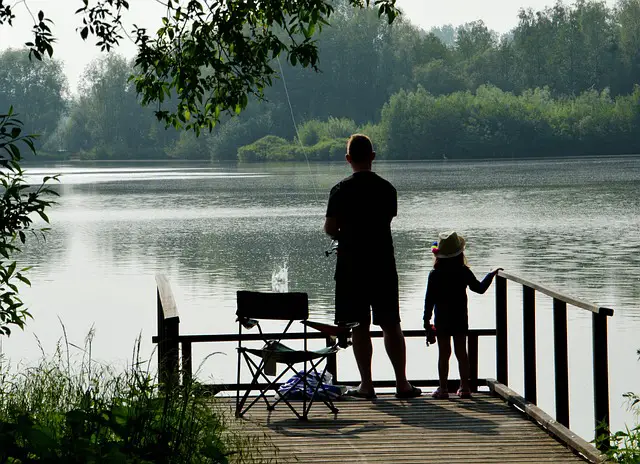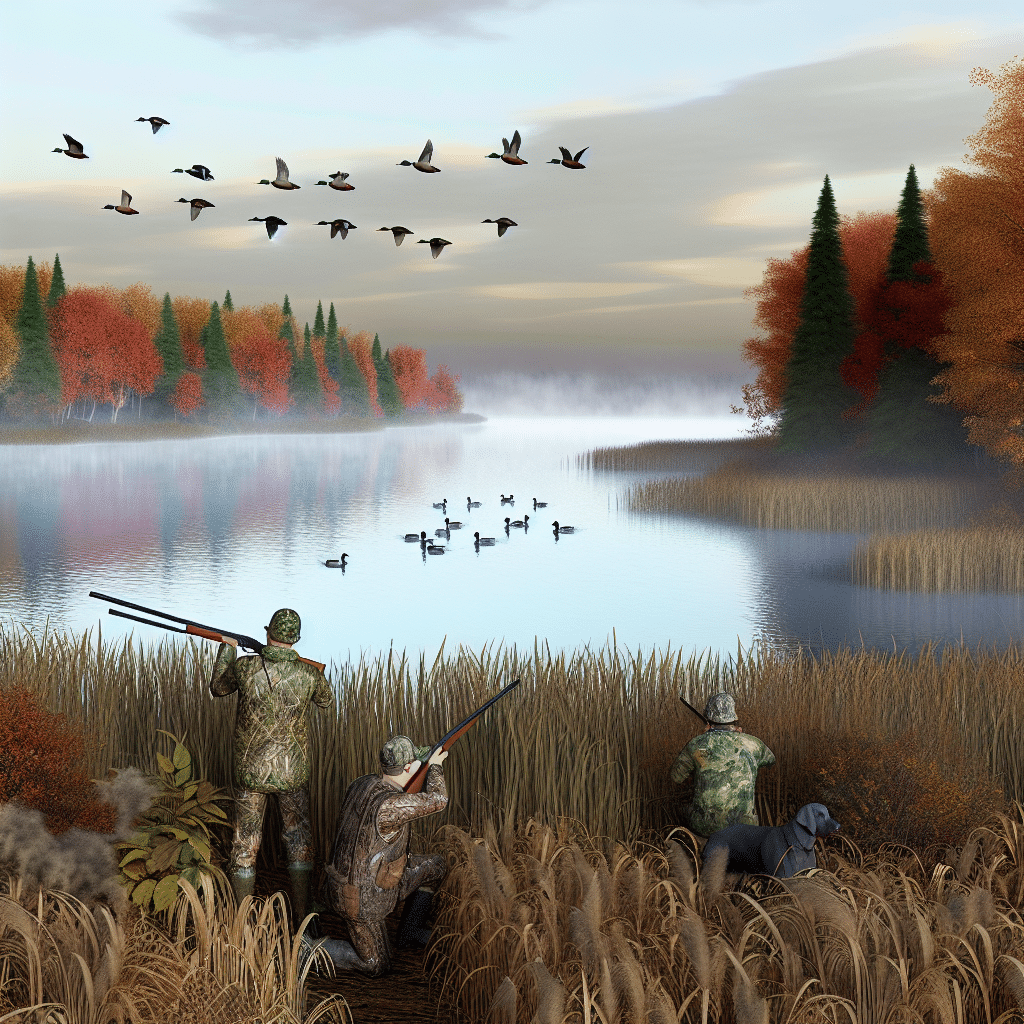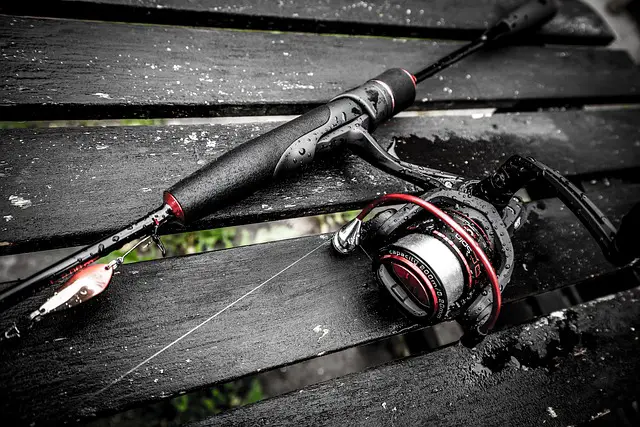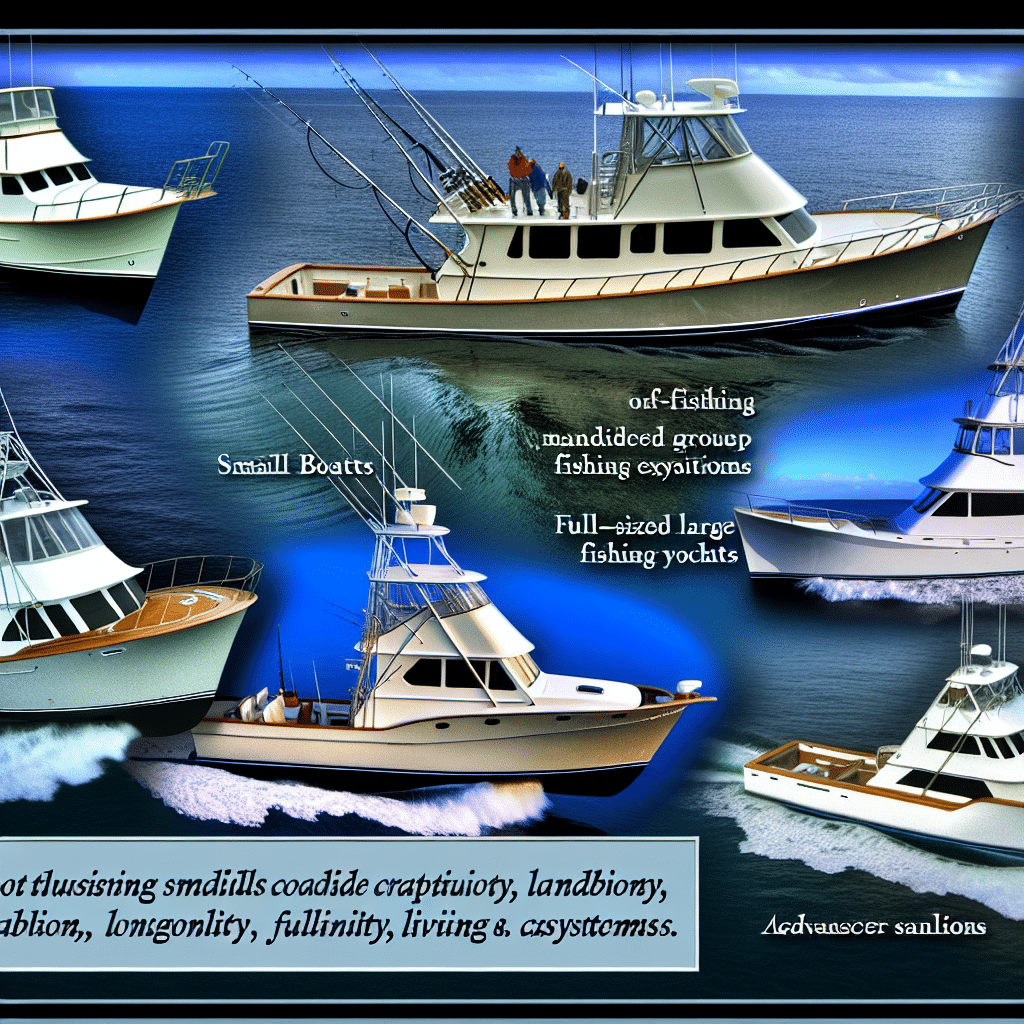Fly fishing is a fascinating and timeless sport, delighting anglers for centuries around the world. What’s the secret behind this age-old pursuit? Quite possibly, it all boils down to the lure – the heart and soul of fly fishing. In this comprehensive guide, we will delve into the intriguing world of fly fishing lures, exploring the different types, how to select the perfect one, and the science that underpins their effectiveness.

What are Fly Fishing Lures?
Fly fishing lures, also known as flies, are artificial baits used to attract and catch fish. Mimicking the look and behavior of insects, these lures are designed to trick fish into thinking they’re a tasty meal. The artistry and detail involved in their creation is a significant part of the allure of fly fishing. But it’s not just about aesthetics; these lures are based on a deep understanding of the prey and the predators in the aquatic ecosystem.
Types of Fly Fishing Lures
There are a staggering variety of fly fishing lures available, each designed to imitate different types of insects at various stages of their life cycle. The three primary categories are dry flies, nymphs, and streamers.
1.
Dry flies
are designed to float on the water’s surface, imitating adult insects. These lures are often used in warmer weather when insects are hatching and fish are feeding near the surface.2.
Nymphs
represent the immature stages of insects, living underwater before they emerge as adults. They’re designed to sink and are essential for catching fish that feed below the surface.3.
Streamers
imitate larger aquatic prey such as minnows, leeches, or crayfish. These lures are used for aggressive, predatory fish.How to Select the Perfect Fly Fishing Lure?
Choosing the right lure can make all the difference in your fly fishing experience. But, how do you select the perfect fly fishing lure? The answer lies in understanding the feeding habits of the fish, the local insect life, and the current conditions of the water body.
1.
Match the Hatch
This phrase refers to the process of selecting a fly that matches the insects that are currently hatching and filling the air or water. Observing the environment and equipping yourself with lures that match the prevalent insects can greatly improve your chances of a successful catch.2.
Consider the Weather and Water Conditions
Weather and water conditions can significantly affect which insects are present and, therefore, what lure you should use. For instance, cold weather might call for the use of nymphs, reflecting the fewer insects available on the surface.3.
Understand the Fish Species
Different fish species have different feeding habits and preferences. Researching what your target fish eats and how it behaves will help you choose the right lure.The Science Behind Fly Fishing Lures: Why are They so Effective?
The effectiveness of fly fishing lures lies in their ability to mimick the appearance and movement of the insects upon which fish feed. This realism is the product of years of observation, experimentation, and a whole lot of creativity. By studying the insects and their behavior, anglers can select or even craft lures that are irresistible to their target fish. It’s a thrilling game of deception, requiring both technical skill and deep knowledge of the natural world.
Fly fishing lures may seem simple, but their design and implementation are anything but. They represent the perfect blend of art and science, helping anglers connect with nature on a deeper level and adding a layer of strategy to the thrill of the catch.



